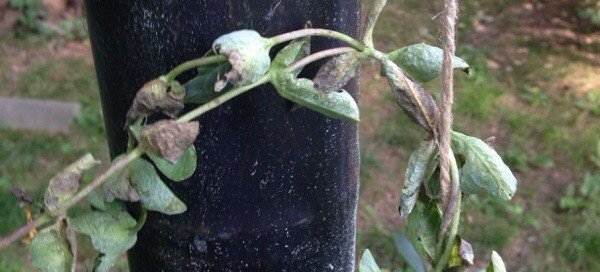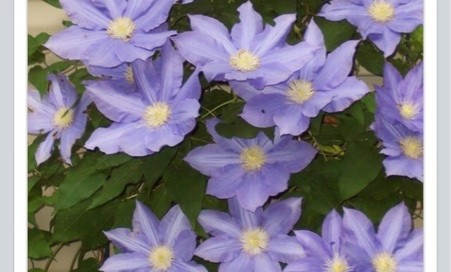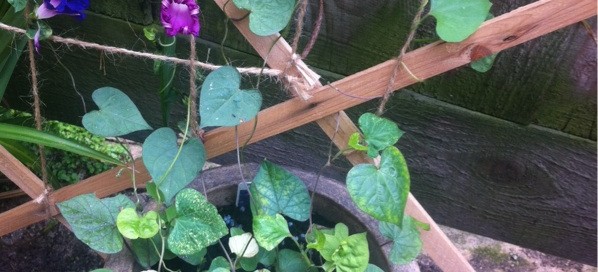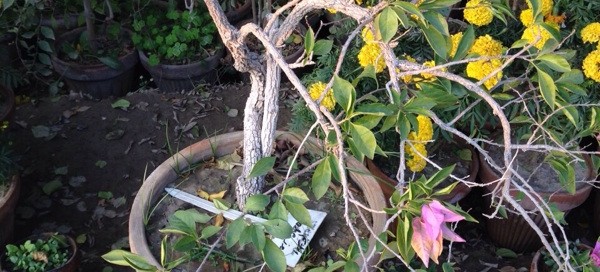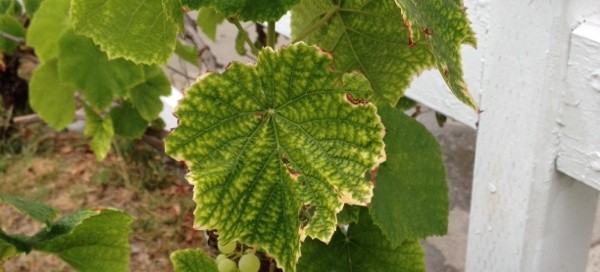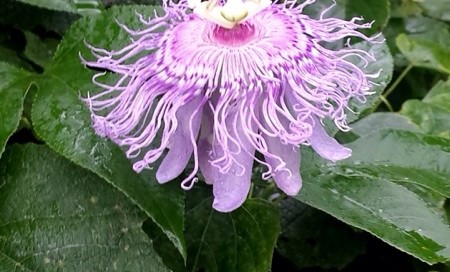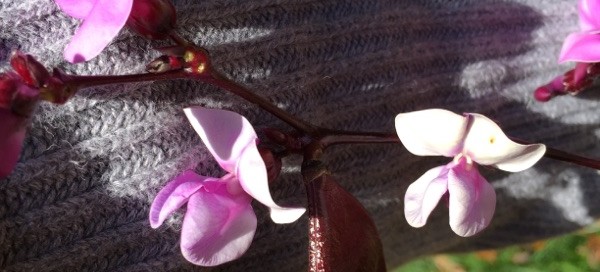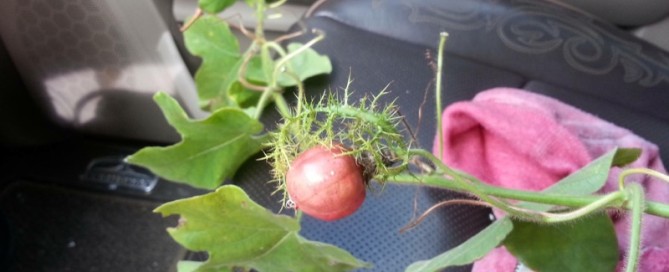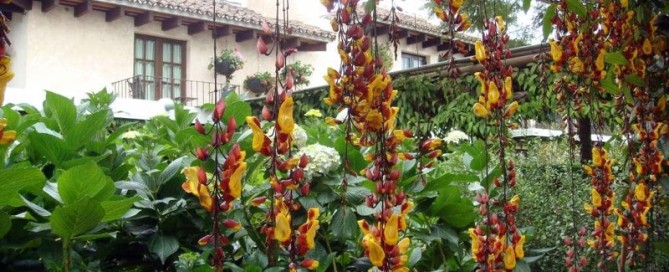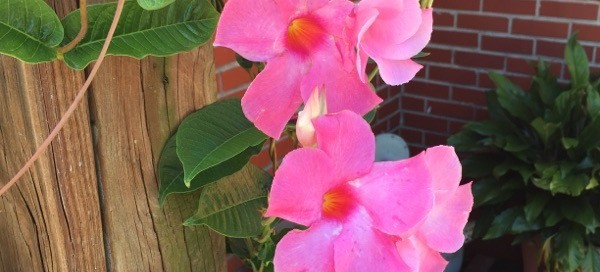Dieback
Typically seen on sheered shrubs, dieback is caused by a variety of diseases and causes the plant to drop it's leaves and the plant becomes "thin." The spores are rain splashed or transmitted by infected shears. If you cut one part of a hedge that was sick and then went another shrub without disinfecting the sheers the spores can be spread. It's good practice to spray clipper blades with Lysol before moving onto another plant. Spray existing plant Daconil and see if it resprouts. If not, prune out dead branches and spray again. If the shrub does bit resprout after pruning the entire plant may have to be replaced. Keep in mind that the fungus will remain in the soil and as a result, you may have to consider removing the entire hedge and replant an alternative selection.
